Branding is an important factor in any business. Having a set brand identity for your company helps you in making a lasting impression on your target audience. Once you accomplish that, you will become the company that they think about whenever they need a product or service that you offer.
When building your brand, you need to consider various elements. Some of the most important aspects that your brand should have are:
- Business name
- Slogan
- Signature colors and font
- Logo

After preparing your branding elements, you should start building your brand identity by sharing the unique features that distinguish it from others. One of the most common methods you can choose is to print your logo or other branding elements on T-shirts, sweatshirts, caps, socks, and other types of garments.
There are two ways to get your logo and other branding elements on apparel. The types of printing methods you can choose from are screen and digital textile printing.
What is Screen Printing?
Screen printing refers to the process of using a stencil or screen in applying layers of ink on a printing surface. Every color is applied one at a time using a different stencil until the design is completed.
This type of printing method is typically used in transferring designs to a variety of fabrics, including:
- Cotton
- Blends
- Polyester
- Denim
- Canvas
- Rayon and other moisture-wicking fabrics
History of Screen Printing
Screen printing is an age-old method of transferring designs onto fabrics. It originated in China during the Song Dynasty.
The fabric printing method then spread to Japan, where silkscreen prints first emerged. The Japanese developed the method of using stencils—originally made out of human hair—to transfer designs to fabric.
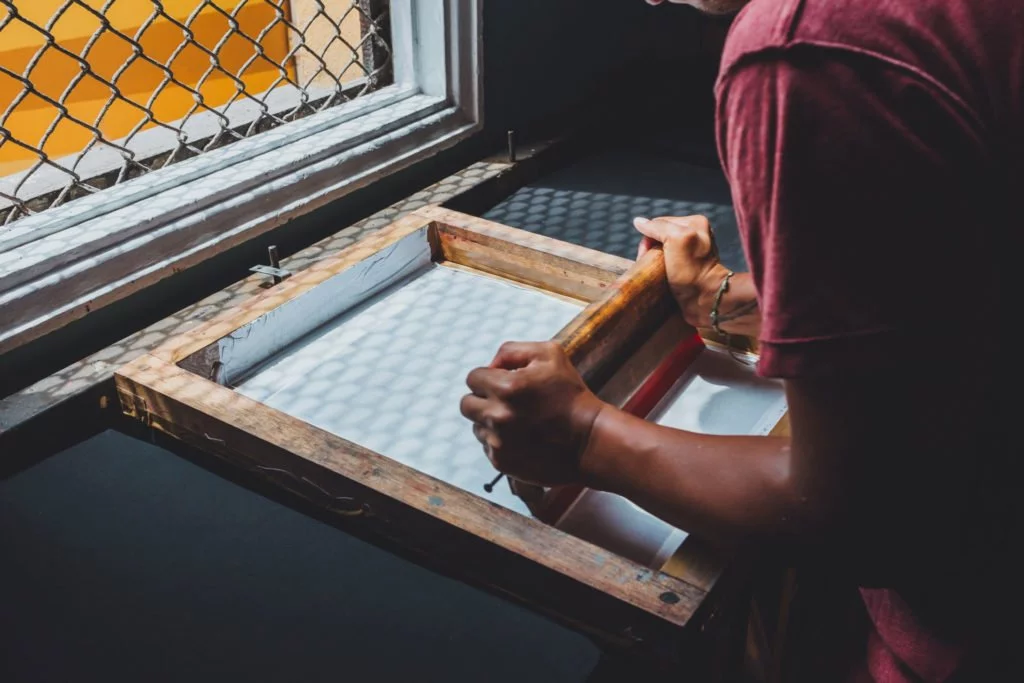
Screen printing has made its way to France and spread across Europe by the 17th century. Although it was not immediately largely accepted, it became popular and grew traction once silk mesh became more available to be traded from Asia.
By the 20th century, the screen printing method has evolved. Screen printers refined the techniques they are using and started utilizing squeegees in pushing ink through the mesh. This method of screen printing is still applied today.
What is Digital Printing?
Another method that you can use when printing your logo and other branding elements on apparel is digital printing. This is a modern process that involves using a computer to process the designs to be printed. Then, the logo or artwork is printed directly on the chosen fabric.
Digital printing is the preferred method when transferring designs with high amounts of detail to fabrics. It is also highly utilized for printing batches with smaller quantities.
History of Digital Printing
This is a fairly new printing method compared to screen printing. It was introduced and used along with the rise of the first digital printing presses in the early 1990s.
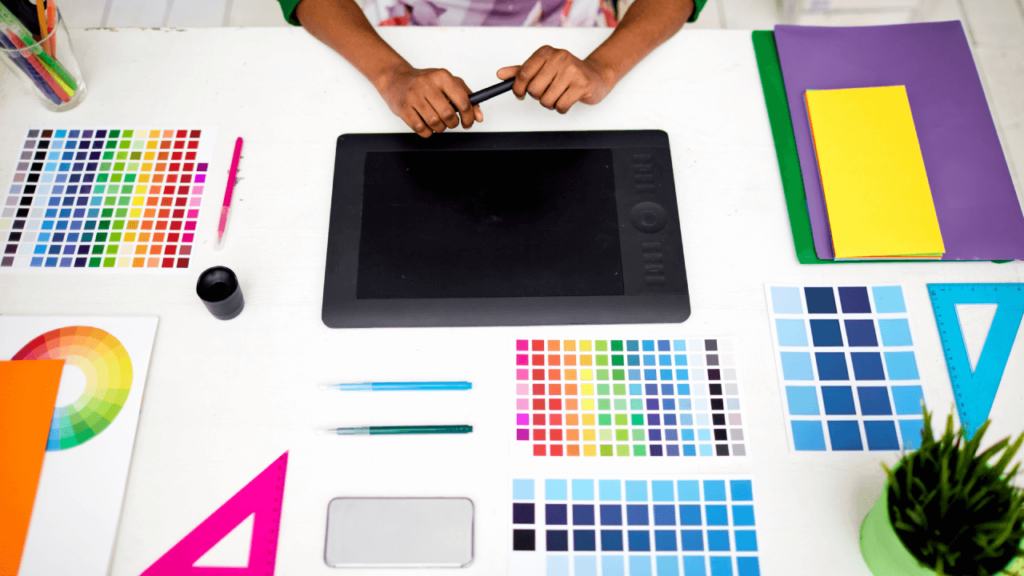
Throughout the years, as technology progressed, digital printing has also evolved a lot. Nowadays, digital printing has developed enough to allow businesses to go through printing batches within a few seconds or a couple of minutes.
Screen Printing vs. Digital Printing
Both printing methods have their unique strengths that can benefit your branding efforts in different ways. Here is some additional information on screen printing vs. digital printing to help you decide on which method to choose.
Vibrancy
This factor refers to how much your design stands out or pops off once printed on a garment. Having a vibrant design on T-shirts, sweatshirts, and other types of apparel will help you in catching the attention of more individuals. In turn, your brand will be known by more people.
If you prioritize vibrancy, you should go with screen printing. This method uses plastisol ink, which is opaque enough to show up even on dark fabrics. Screen printing also uses thick layers of ink for every color, allowing them to stand out.

On the other hand, digital printing uses water-based ink in transferring designs to apparel. Because of this, the design may not look as opaque or vibrant compared to screen printing.
Color Blending
Color blending refers to the ability of printing methods to create seamless gradients while using a lesser number of colors. Achieving this will allow you to print colorful designs without using up too many resources.
To achieve beautiful color blending on garments that carry your branding elements, you should use digital printing. This technique uses a printing machine that allows ink to easily overlap with each other, making smooth gradients.
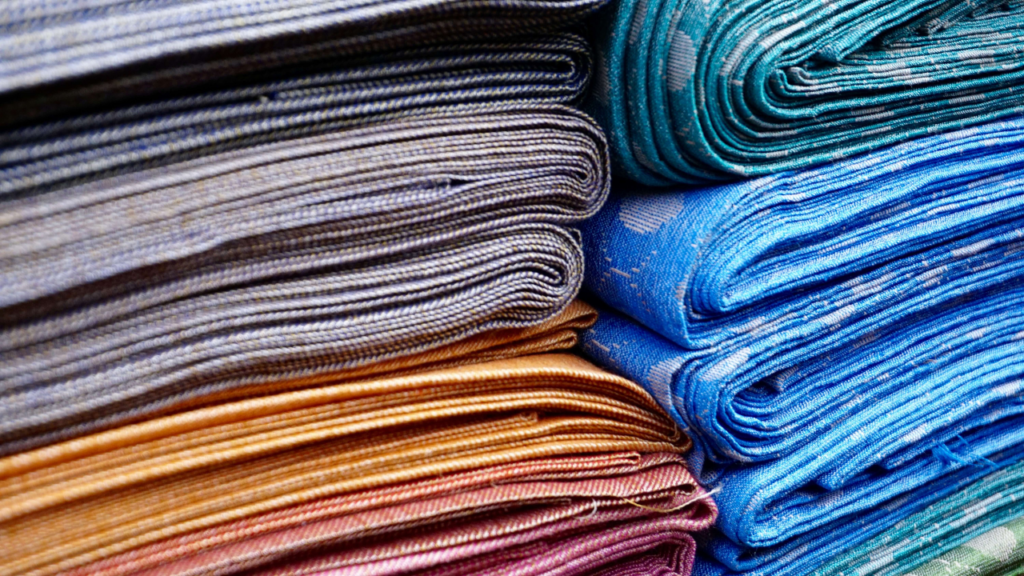
Gradients can also be done through screen printing. However, it will involve a tedious setup and an inefficient process, which can take too much time, effort, and resources. Using the screen printing method may also produce varying, inconsistent results.
Color Matching
You have thought about your brand’s signature colors thoroughly, so you would want it to be printed on garments exactly. Any differences in the colors you use for your business, no matter how little, can have a negative effect on all your branding efforts.
If you want to guarantee that the print on your branding materials matches the exact colors on your brand guidelines, you should choose screen printing. This method offers a wider range of colors compared to digital printing.
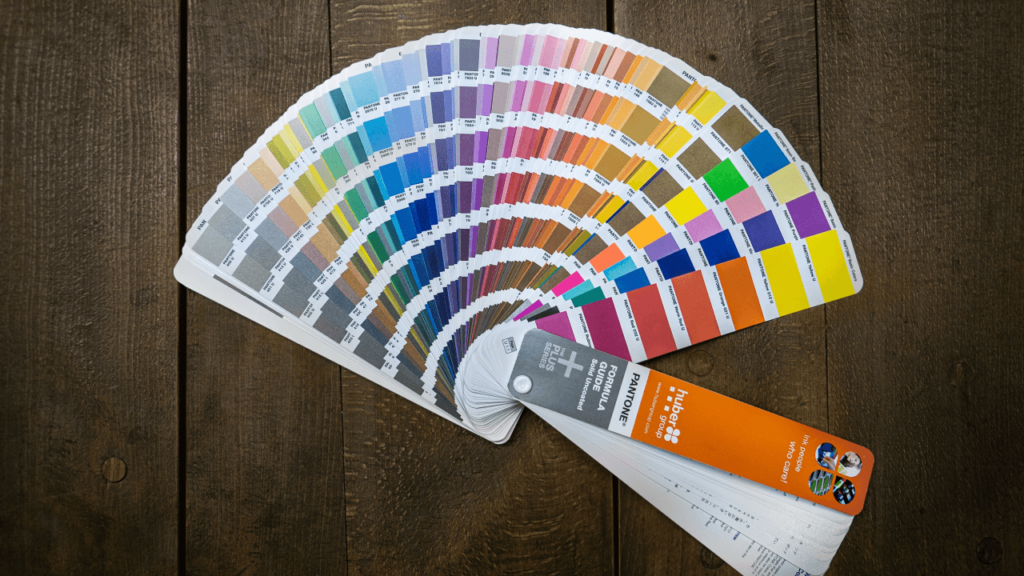
Digital printing also does not have a very opaque base, so the fabric’s color may still bleed through your print. This may affect how the design looks on your chosen apparel.
Durability
Your branding materials reflect the quality of the products and services that you provide. So, if the print on the apparel that you used as promotional material does not last long, consumers may think the same about what you offer.
Digitally printed designs may last up to more than ten washes before it starts to fade. Of course, it still depends on how well the print was done, including the quality of the machine, inks used, pretreatment, underbase, and curing process. The print’s longevity is also based on how the garment is taken care of, particularly how it is washed.
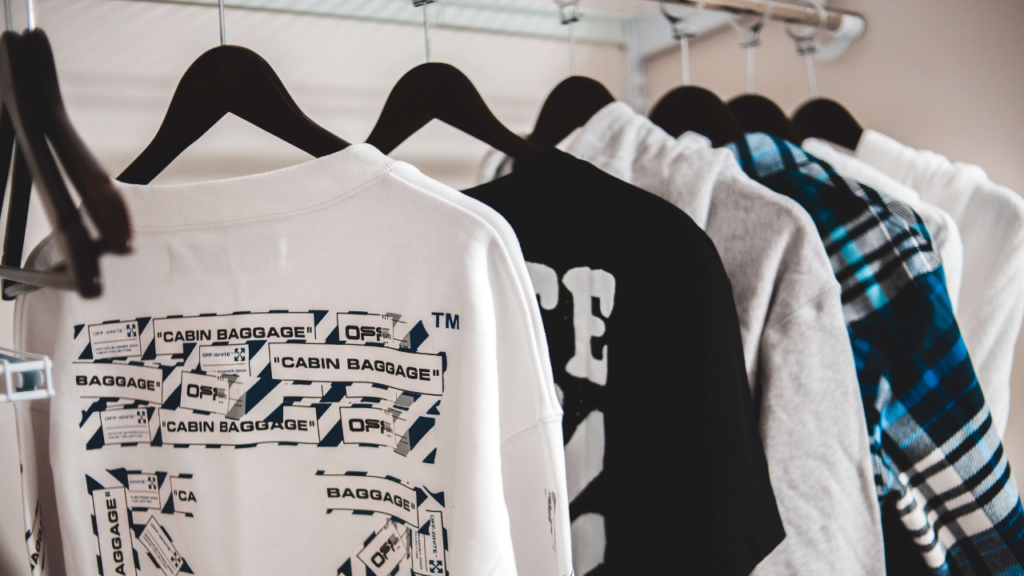
However, if you want to guarantee a durable print that lasts several washes, you should opt for the screen printing approach. When done right, screen-printed designs on T-shirts, caps, and other apparel can last years.
Versatility
Sometimes, you need to print your logo or other branding elements on garments made from different types of fabrics. You may also require printing designs in various locations and placements on materials.
To accommodate your creativity, you should choose screen printing. This is because although digital printing has evolved enough to print on a wider variety of textiles, it still does not match screen printing’s versatility. When you opt for screen printing, you can transfer your design to any type of fabric, including 50/50 blends, polyester, and moisture-wicking ones.
Consistency
There are times when you need to print your branding materials in different batches depending on demand. Throughout these batches, you have to ensure that the quality and appearance of your design remain consistent. This will allow you to have similar-looking outputs even if they were not made together.
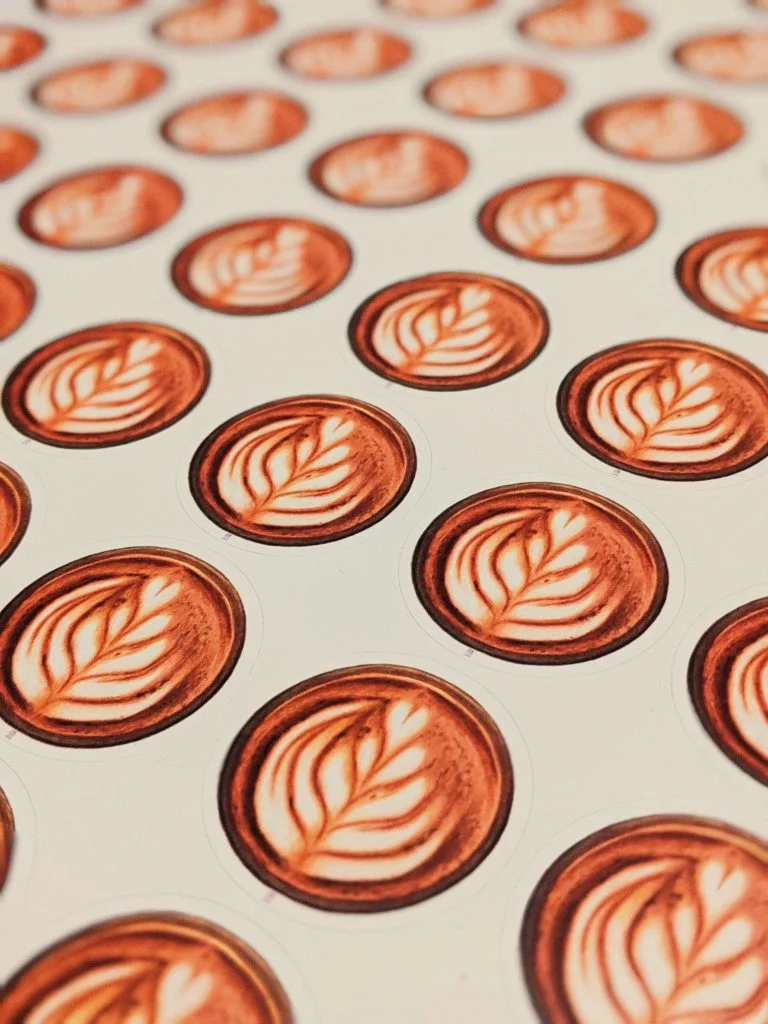
To guarantee consistency, you should choose digital printing. This technique uses a digital file and prints it directly on textiles, which allows for as few variables in the design as possible.
On the other hand, screen printing has several variables that may affect the outcome of your design. Any variations in the following factors and more may greatly change your output:
- Screen tension
- Mesh clogging
- Ink viscosity
- Dot gain
- Flash dryer temperature
- Squeegee sharpness, pressure, and angle
- Registration
- Placement
Speed
Sometimes, you need to meet a deadline for your branding efforts. If you need to have your branding materials as soon as possible, you must choose a printing method that offers speed.
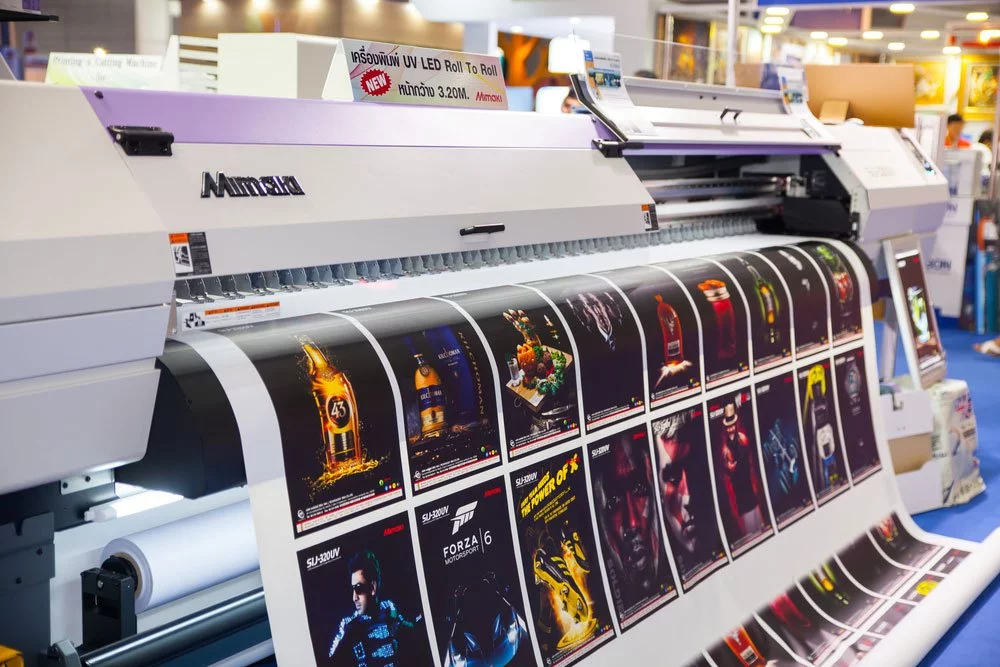
To make sure that you obtain the apparel that you need in promoting your business on time, choose digital printing. Due to its efficient process and the machines used in this method, you can have your T-shirts and other garments printed within a few seconds or minutes.
Cost
As a business owner, you should be conscious of the costs you are incurring while building and promoting your brand’s identity. Printing batches of branding materials can cost you a lot of money if not planned properly.
Screen printing is more expensive compared to its digital counterpart. You also need to spend more money if your design has various colors. This is because an additional screen is used for each new color on your design.

To save money, you should choose digital printing. This technique does not use any screens, so you do not have to incur additional costs no matter how colorful your design is.
Which Printing Method Should You Choose?
Printing your branding elements, especially your logo, on garments can provide your company with various benefits. Aside from being great giveaway materials, shirts, caps, and other apparel printed with your branding elements allows you to inspire consumer’s interest in your company. You can also use these materials to widen your reach in the local market.
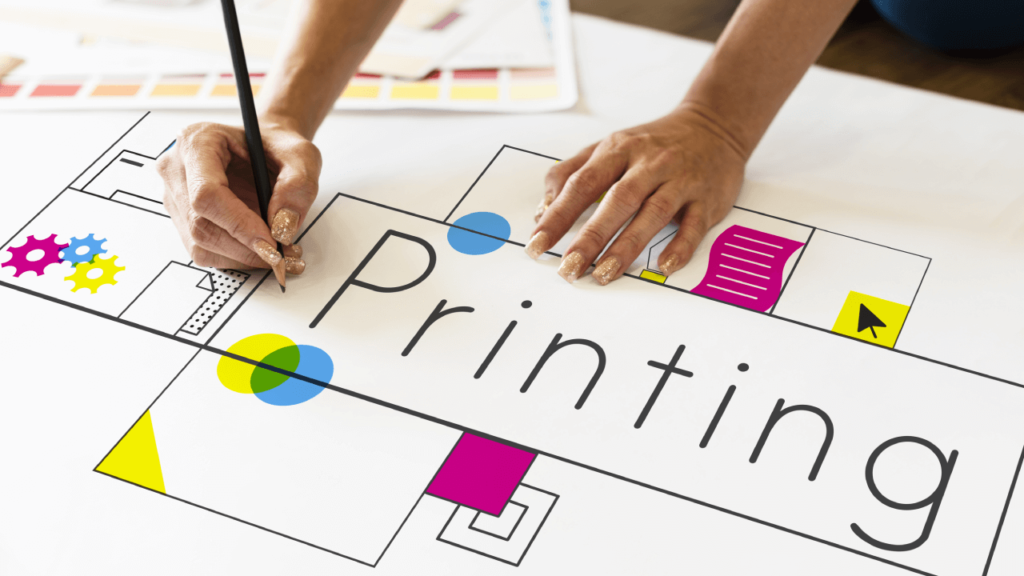
Choosing the best printing method requires learning about the differences between screen printing and digital printing. Learning how each technique differs from one another will allow you to decide which method best suits your business goals and your brand’s requirements.
Your budget, your deadline, the type of material to be used, and the expected quantity of outputs all play a role in your decision. At the end of the day, both printing methods will provide you with pros and cons that will satisfy your needs.
If you would like to learn more about digital T-shirt printing vs. screen printing and the industry in general, feel free to read the articles posted on our blog page.


